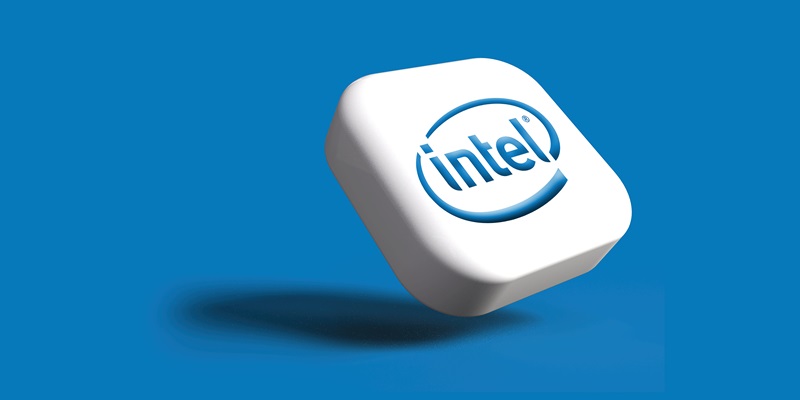The landscape of consumer CPUs is undergoing a significant transformation, driven by Intel’s upcoming Nova Lake-S series for desktops and Panther Lake for mobile platforms. This shift represents a considerable evolution in processor architecture and strategic segmentation tailored to distinct market demands. Intel has historically leveraged single CPU lineups capable of scaling across multiple platforms, ensuring uniformity and familiarity for users and developers alike. However, this approach began to change with the introduction of Intel’s Tiger Lake and Rocket Lake families, which saw a more nuanced differentiation between desktop and mobile solutions. This shift was further refined with Alder Lake and Raptor Lake architectures, signaling Intel’s commitment to optimizing performance for specific segments.
Architectural Innovations in Nova Lake-S
The Nova Lake-S series is set to redefine desktop computing with its anticipated release. Speculated to replace Arrow Lake-S, Nova Lake-S aims to build upon Intel’s dedication to pushing the boundaries of desktop performance. These processors are expected to leverage advanced 14A process technology or possibly TSMC’s node, aiming for unprecedented computational power and efficiency. The architectural innovations of Nova Lake-S are projected to include significant advancements from previous generations, featuring enhanced core designs and integration of future Xe4 architecture, codenamed Druid. This suggests a substantial leap in graphics performance, addressing the growing demand for gaming and professional graphic applications.
Such alignment of CPU and GPU capabilities could place Nova Lake-S at the forefront of desktop performance, catering to both ordinary consumers and power users. Intel’s commitment to backward compatibility is evident as Nova Lake-S is expected to support the LGA 1851 socket introduced with Arrow Lake. Such decisions ease the upgrade path for users, ensuring continuity and investment protection. This strategy is likely to strengthen user loyalty and attract new enthusiasts looking for sustainable, high-performance computing solutions. By focusing on innovations that matter to consumers, Intel is positioning Nova Lake-S to meet the evolving demands of the desktop market effectively.
Panther Lake: The Mobile Revolution
Panther Lake emerges as Intel’s response to the growing demand for high-performance, energy-efficient mobile processors. Unlike past strategies that saw desktop and mobile CPUs under a single umbrella, Panther Lake is tailored exclusively for mobile platforms. This specialization is expected to lead to significant improvements in power efficiency and computational prowess. The technical specifications of Panther Lake are ambitious, featuring Cougar Cove P-Cores and updated E-Cores, promising substantial gains in processing power and multitasking capabilities. Additionally, the integration of Celestial "Xe3" GPUs suggests a major boost in graphics performance, essential for applications ranging from gaming to professional content creation.
The decision to confine Panther Lake to mobile platforms underscores Intel’s strategic pivot towards specialization. By developing processors specifically optimized for laptops and other mobile devices, Intel is poised to capture market share in a segment where power efficiency and compact design are crucial. This focus on mobile-exclusive innovation ensures that Intel’s solutions remain competitive and relevant in a rapidly evolving landscape. Recognizing the importance of tailoring technology to specific use cases, Intel’s targeted approach with Panther Lake highlights strategic foresight designed to address the unique challenges and opportunities present in the mobile computing arena.
Technological Synergy and Competitive Strategy
Panther Lake is Intel’s answer to the rising demand for high-performance and energy-efficient mobile processors. Unlike previous strategies that combined desktop and mobile CPUs, Panther Lake is specifically designed for mobile platforms, promising significant enhancements in power efficiency and computational ability. Its ambitious technical specs include Cougar Cove P-Cores and updated E-Cores, aimed at boosting processing power and multitasking. The integration of Celestial "Xe3" GPUs is set to elevate graphics performance, critical for applications ranging from gaming to professional content creation.
The decision to focus Panther Lake on mobile platforms highlights Intel’s strategic pivot towards specialization. By developing processors optimized exclusively for laptops and mobile devices, Intel aims to capture market share in segments where power efficiency and compact design are key. This focus on mobile-exclusive innovation ensures Intel remains competitive in a fast-evolving landscape. By tailoring technology to specific needs, Intel’s targeted approach with Panther Lake underscores strategic foresight aimed at addressing the unique challenges and opportunities in mobile computing.

